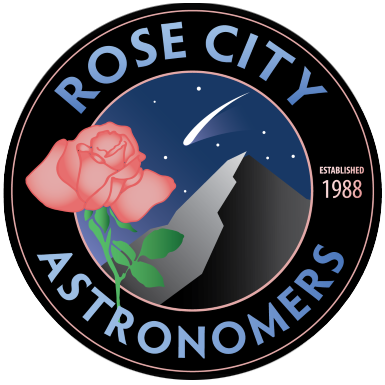RCA Members Holiday Potluck
This month's meeting is our annual holiday gathering. We'll be meeting at OMSI's Theory Restaurant, which is warm, convivial, and perfect for good conversation. We'll also open a Zoom session so members who cannot attend in person can still enjoy time with friends. We won't have a featured speaker and all club services will be closed. But we will provide a brief Annual Report and Monthly Sky Report. Please join us for a relaxing evening hanging out and sharing a little food or conversation with friends.
We encourage members to bring their favorite dish or dessert. The club will be providing drinks, plates, cups, and utensils as well as pizzas to supplement what everyone brings. Power will not be available, which means that we will not be able to warm or cook dishes there. If there is a drink that you greatly prefer, please consider bringing some for your own consumption.
RCA will not be collecting food and clothes before the potluck. This year, we strongly encourage RCA members to donate to the Oregon Food Bank online. Together we can build community connections to help people access nutritious, affordable food today, and build community power to eliminate the root causes of hunger for good.











